The approach could help researchers develop therapies for other types of inherited hearing loss.
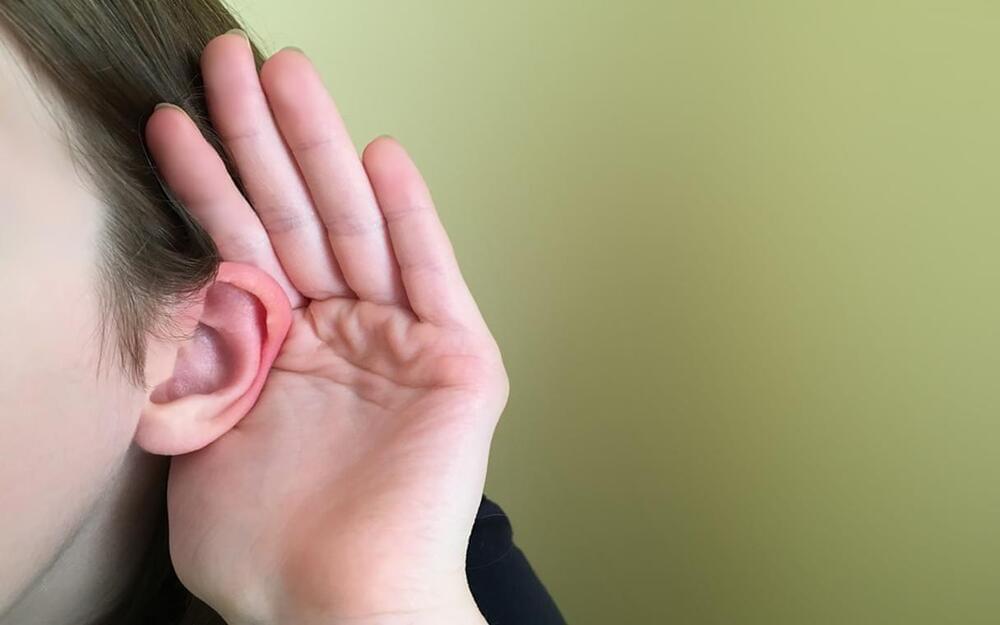


The only cure for painful sickle cell disease today is a bone marrow transplant. But soon there may be a new cure that attacks the disorder at its genetic source.
On Tuesday, advisers to the Food and Drug Administration will review a gene therapy for the inherited blood disorder, which in the U.S. mostly affects Black people. Issues they will consider include whether more research is needed into possible unintended consequences of the treatment.
If approved by the FDA, it would be the first gene therapy on the U.S. market based on CRISPR, the gene editing tool that won its inventors the Nobel Prize in 2020.
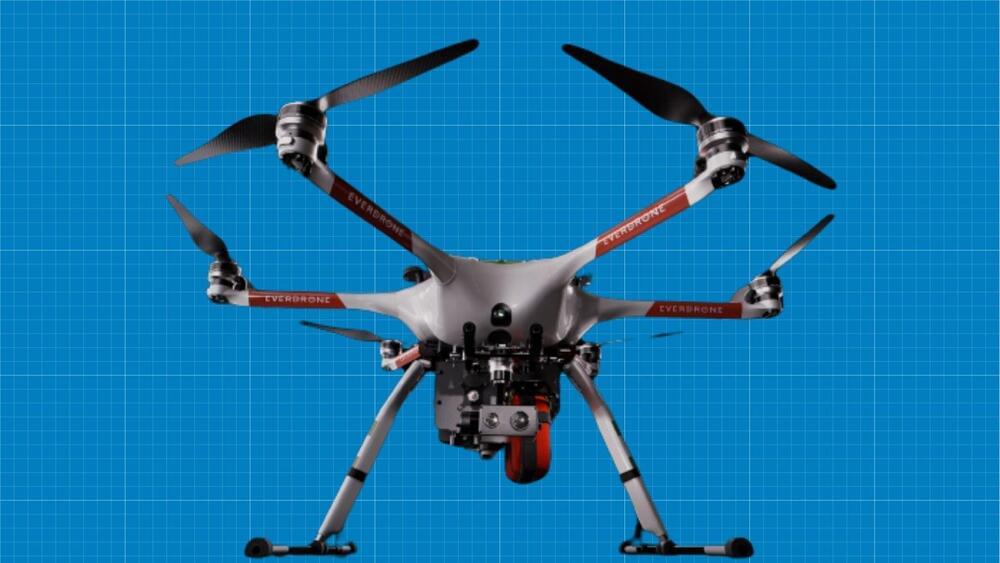
Everdrone’s advanced service promises to reduce the average response time to under 2 minutes.
Aiming to improve emergency response services, Swedish firm Everdrone has introduced a state-of-the-art drone that combines an advanced camera system as well as customizable medical kits.
Christened E2, the multi-purpose drone aims to revolutionize emergency dispatch by providing the ability to transmit live infrared and high-definition video along with emergency medical equipment supplies. Everdrone claims that E2 will help to lower average response times under two minutes.
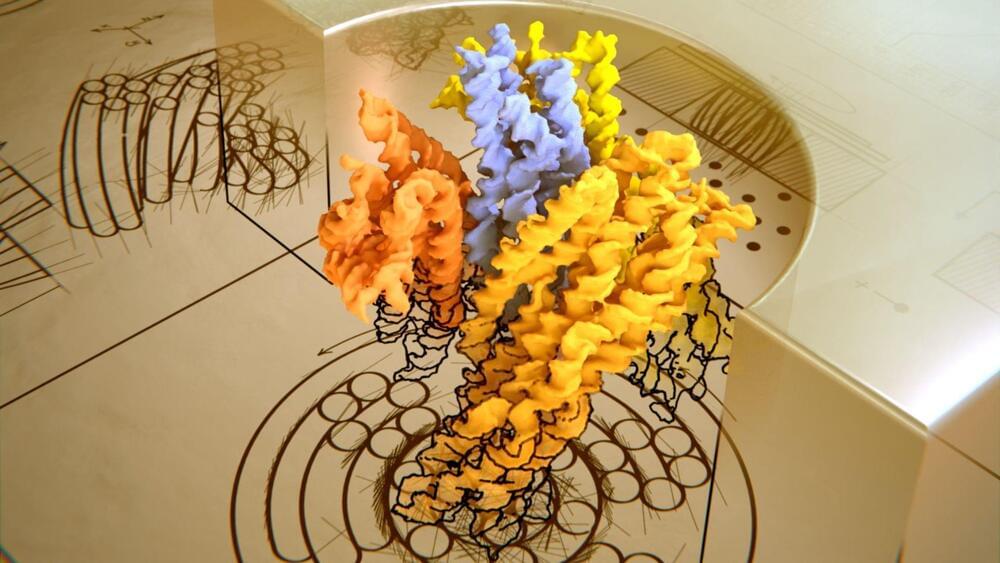
A team of researchers from TU Delft, University of Illinois, and MPI Göttingen has developed a nanoscale turbine made of DNA that can rotate in both directions depending on the salt concentration in the solution. This remarkable feat of nanotechnology could pave the way for new applications in drug delivery, biomimetics, and energy harvesting.
Natural turbines using DNA origami
A turbine is a device that converts the kinetic energy of a fluid into mechanical work. These are ubiquitous in our modern world, from wind farms to jet engines. They are also essential for life, as some biological molecules act as turbines to power cellular functions, such as the ATP synthase that produces energy for cells and the bacterial flagella that propel bacteria.
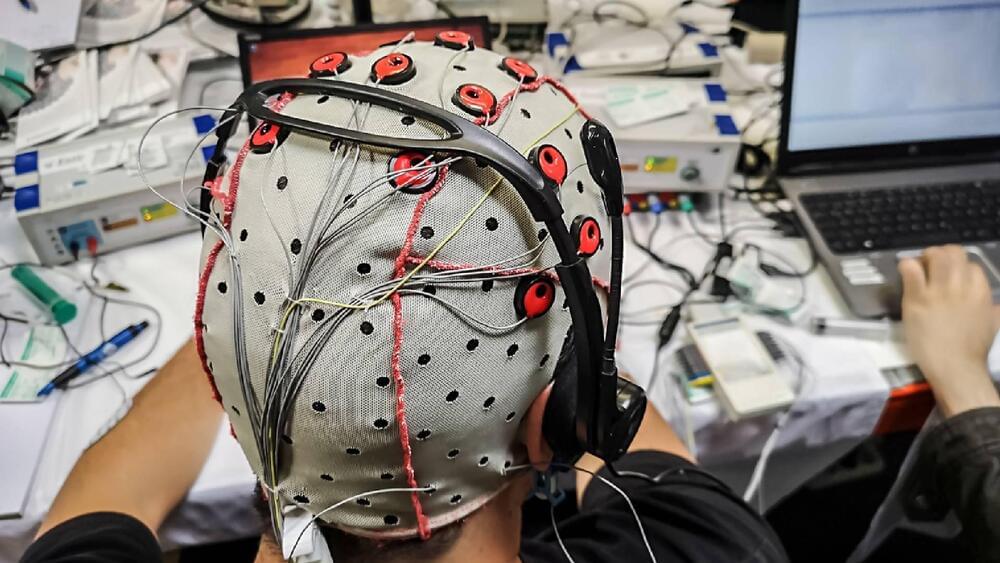
“For those who have lost their ability to communicate due to a variety of neurological conditions, there’s a lot of hope to preserve or regain their ability to communicate with family and friends.”
The term “brain-computer interface” (BCI) refers to a technology that creates a direct line of communication between the human brain and an outside object or computer system, opening up a wide range of possibilities for things like device control and neurological study.
Oonal/iStock.
Cortical Communication (CortiCom)
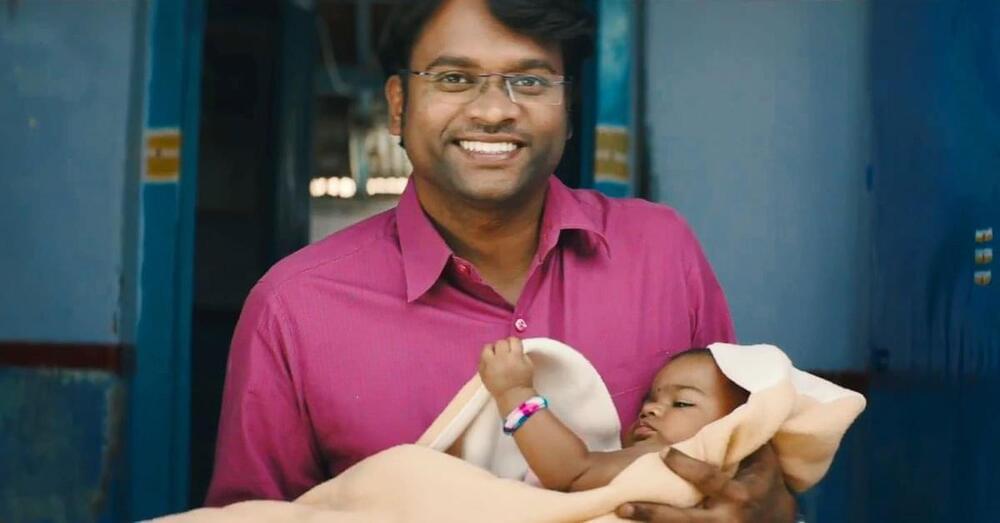
“High-risk mothers in many parts of rural India are usually identified in the third trimester, which is around the eighth month of pregnancy. However, by this time, it’s often too late to manage complications before labour. This can lead to fatal outcomes,” says Senthil Kumar Murugesan.
An electronics and communications engineer by profession, Senthil is trying to bridge this gap with JioVio Healthcare, an IoT-based maternal healthcare startup that provides early-risk monitoring services at home.
He first encountered the pregnancy healthcare gap when his sister was pregnant in 2016. She is a career-driven woman and would miss her antenatal appointments due to the lack of time. Also, the… More.
Madurai’s Senthil Kumar started JioVio Healthcare, which provides early risk monitoring for pregnant women in rural India. So far, he has catered to 30 lakh women in Kerala, Maharashtra, Karnataka, and Tamil Nadu.
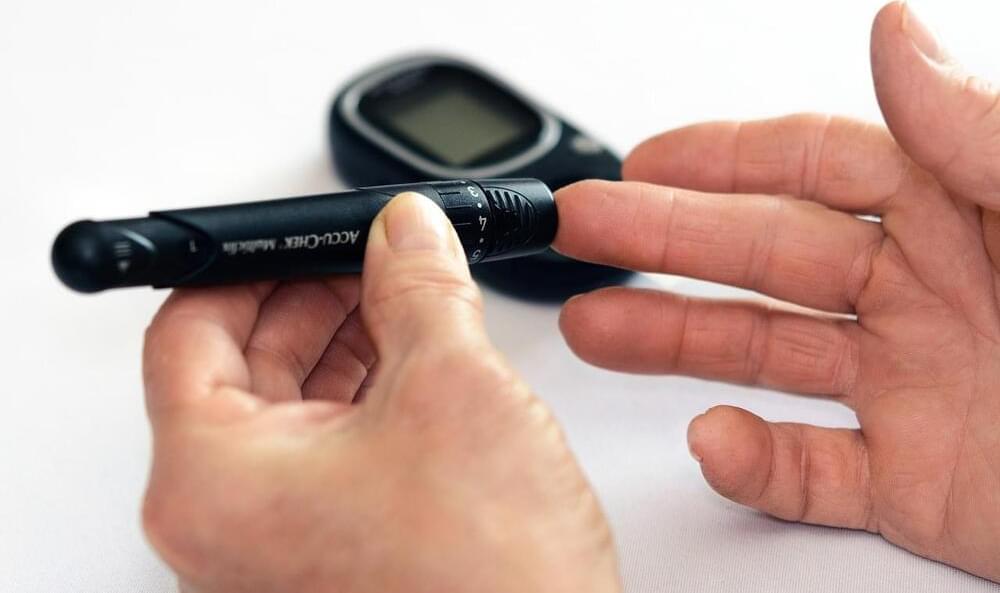
In America, roughly 40 million Americans have diabetes and about 95% of them have type 2 diabetes. Type 2 diabetes occurs when the body cannot correctly process sugar and fuel cells. More specifically, the body does not produce enough insulin to break down sugar into glucose for the cells to use. In this case, treatment includes insulin shots or a pump in addition to a strict diet excluding sweets or high fat meals. Treatment limitations disrupt patient quality of life. Some researchers have been working on better detection for diabetic retinopathy with artificial intelligence (AI), but research is limited on how to better detect diabetes itself. Thus, many researchers are working to detect diabetes early on and discover better treatments.
Klick labs, located in multiple cities across the world, is trying to detect type 2 diabetes by having a patient speak into a microphone for 10 seconds. Klick labs believes this technology can better detect diabetes and help patients get treatment earlier. The study was published in Mayo Clinic Proceedings: Digital Health, which details how patients spoke for 10 seconds and combined with health data, including age, sex, height, and weight, created an AI model that discerns whether a person has type 2 diabetes or not. After further tests, scientists determined it has 89% and 86% accuracy for women and men, respectively.
In the study, Klick Labs collected voice recordings of 267 people, either non-diabetic or diabetic. The participants were asked to record a phrase into their smartphones six times a day for a total of 2-weeks. Over 18,000 recordings were taken and analyzed to distinguish 14 acoustic features that helped distinguish non-diabetic to type 2 diabetic individuals. The research highlights specific vocal variations in pitch and intensity that could lead to how the medical community screens for early-onset diabetes. A major barrier to early detection includes time, travel, and cost, which many people do not have. Voice diagnosis can help eliminate those barriers and improve detection and treatment in diabetic patients.
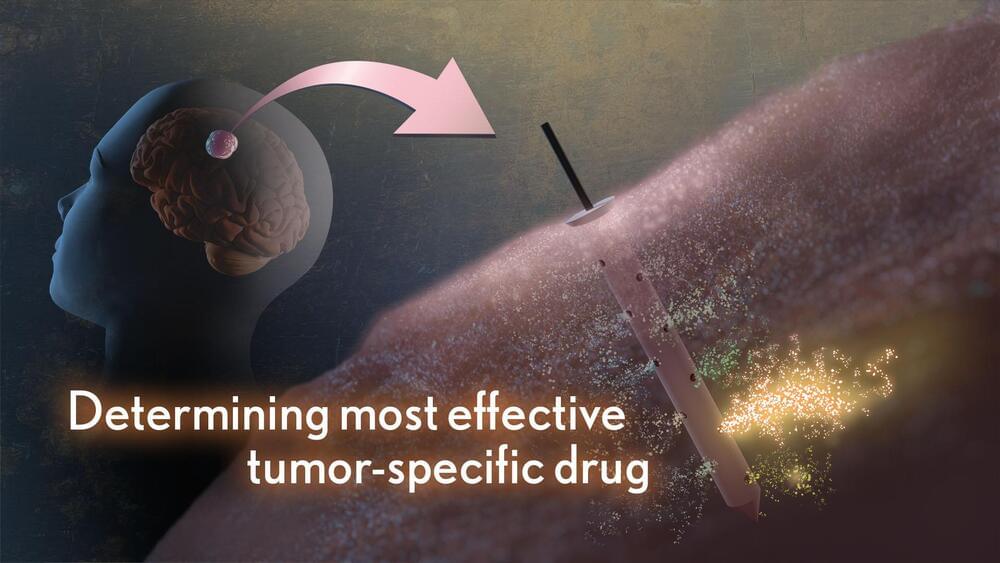
Scientists have made remarkable progress in understanding the underlying changes that make cancer grow and have applied this knowledge to develop and guide targeted treatment approaches to vastly improve outcomes for people with many cancer types. And yet treatment progress for people with brain tumors known as gliomas—including the most aggressive glioblastomas—has remained slow. One reason is that doctors lack tests that reliably predict which among many therapeutic options will work best for a given tumor.
Now an NIH-funded team has developed a miniature device with the potential to change this for the approximately 25,000 people diagnosed with brain cancers in the U.S. each year [1]. When implanted into cancerous brain tissue during surgery, the rice-sized drug-releasing device can simultaneously conduct experiments to measure a tumor’s response to more than a dozen drugs or drug combinations. What’s more, a small clinical trial reported in Science Translational Medicine offers the first evidence in people with gliomas that these devices can safely offer unprecedented insight into tumor-specific drug responses [2].
These latest findings come from a Brigham and Women’s Hospital, Boston, team led by Pierpaolo Peruzzi and Oliver Jonas. They recognized that drug-screening studies conducted in cells or tissue samples in the lab too often failed to match what happens in people with gliomas undergoing cancer treatment. Wide variation within individual brain tumors also makes it hard to predict a tumor’s likely response to various treatment options.

For those with stubbornly resistant forms of severe depression, ketamine was looking more and more like a solution. Years of research has hinted at the dissociative anesthetic’s treatment potential where other medications failed, promising the benefits of electroshock therapy with far fewer risks.
For all of the excitement, separating the hope from the hype has been challenged by the drug’s strong psychoactive effects. How can you conduct a blind test for a drug that so overtly detaches the mind from the body?
By taking advantage of the unconscious state of patients under general anesthesia, researchers from Stanford University School of Medicine in the US put ketamine to the ultimate, gold standard test.

Having more pixels could advance everything from biomedical imaging to astronomical observations.
Researchers at the National Institute of Standards and Technology (NIST) and their colleagues have built a superconducting camera containing 400,000 pixels — 400 times more than any other device of its type.
Superconducting cameras allow scientists to capture very weak light signals, whether from distant objects in space or parts of the human brain. Having more pixels could open up many new applications in science and biomedical research.